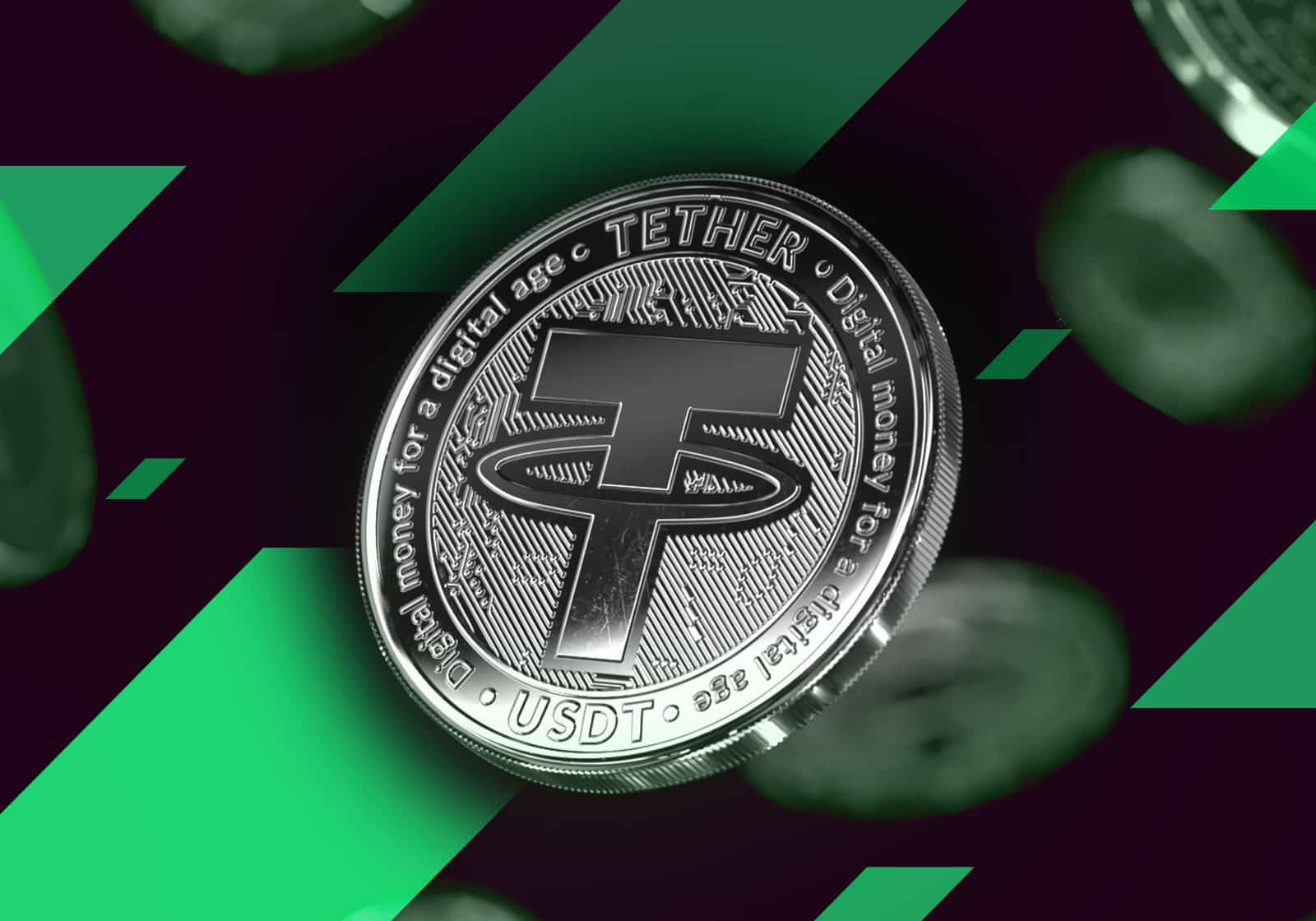Tether Issues $1 Billion in USDT on Tron Network, Boosting Liquidity
16.11.2024 22:00 2 min. read Alexander Stefanov
Tether recently issued a massive $1 billion worth of USDT stablecoins on the Tron blockchain, a move that attracted attention due to the absence of transaction fees, as revealed by blockchain analytics firm Arkham Intelligence.
The large transaction, which took place on November 14, involved sending the funds from a “black hole address” to Tether’s multisignature wallet, marked by the identifier “TBPxh.” Shortly afterward, the USDT was moved to Tether’s treasury without any additional fees.
The Tron network’s minimal transaction fees have made it a preferred platform for stablecoin issuers, especially in regions where high fees could diminish the value of transfers. This feature has also helped solidify Tron’s position as a key player in the stablecoin space.
As of now, Tron holds approximately $62.7 billion in USDT, just shy of Ethereum’s $62.9 billion. Despite Ethereum’s larger ecosystem, Tron continues to handle a significant portion of Tether’s USDT supply, a factor that contributed to the network’s $577 million revenue in Q3 2024.
In August 2024, Tron surpassed other blockchain ecosystems to claim the second-largest share of the stablecoin market, at 37.9%, trailing Ethereum’s 55.7%. This surge in USDT activity on Tron was partly driven by Tether’s minting of an additional $1 billion in USDT, which the company noted was for “replenishing” supply.
These tokens remain in Tether’s inventory until they are issued into circulation, a process that reflects market demand. Rising stablecoin issuance typically signals a bullish outlook, while decreased minting can indicate lower market activity and investor interest.
-
1
Ethereum nears key resistance as analysts predict $3,500 surge
13.07.2025 20:00 2 min. read -
2
Here is Why Institutions are Choosing Ethereum, According To Vitalik Buterin
06.07.2025 15:00 1 min. read -
3
Top 10 Institutional ETH Holders
10.07.2025 17:00 2 min. read -
4
Ethereum Surges Above $3,420 While XRP Stays Stable Over $3
17.07.2025 10:39 1 min. read -
5
Altcoins Gain Momentum as Bitcoin Dominance Drops to 61.6%
17.07.2025 15:30 2 min. read
21Shares Files for ETF Tracking Ondo’s Real-World Asset Token
21Shares has submitted an application to launch an exchange-traded product (ETP) that tracks Ondo (ONDO), the native token of Ondo Finance.
BNB Hits New All-time High Above $803 Amid Altcoin Surge
BNB soared past $803, setting a new all-time high before pulling back slightly.
Altcoin Volume on Binance Hits Highest Level Since February
Altcoin trading volume on Binance Futures surged to $100.7 billion in a single day, reaching its highest level since February 3, 2025, according to data from CryptoQuant.
Bitcoin Exchange Inflows Spike — What Does it Means for Altcoins?
Bitcoin just recorded its largest net inflow to exchanges since July 2024, signaling a potential shift in market behavior.
-
1
Ethereum nears key resistance as analysts predict $3,500 surge
13.07.2025 20:00 2 min. read -
2
Here is Why Institutions are Choosing Ethereum, According To Vitalik Buterin
06.07.2025 15:00 1 min. read -
3
Top 10 Institutional ETH Holders
10.07.2025 17:00 2 min. read -
4
Ethereum Surges Above $3,420 While XRP Stays Stable Over $3
17.07.2025 10:39 1 min. read -
5
Altcoins Gain Momentum as Bitcoin Dominance Drops to 61.6%
17.07.2025 15:30 2 min. read


